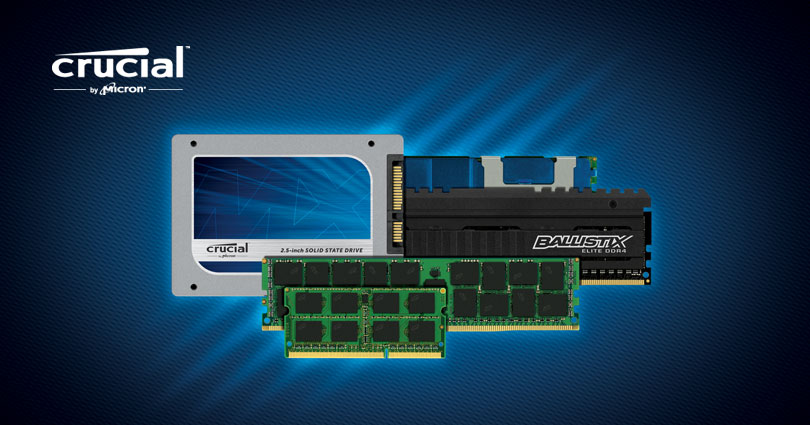This article is a mixture of facts and self-serving FUD; to be best informed I suggest separate the two. (Pretty obvious which is which, so not going to debate the article point by point.)And I think you're underthinking this.
Irrespective of whether what you said about memory kits vs singles is correct, the "it either meets the spec or it doesn't" is an oversimplification.
According to Crucial, "Slight variations in the assembly process, not to mention the differences in production among the manufacturers, might affect the performance of the modules." The phrase "differences is production among manufacturers" refers to different manufacturers using different production techniques. But the phrase "Slight variations in the assembly process" is referring to variations within a specific part no. by a specific mfr. And these are for modules that are sold commercially, and thus meet QC. So Crucial is saying it's not as simple as whether it meets the spec or it doesn't.
Besides, if all that mattered is if you're in-spec or not, then mixing and matching in-spec modules from different manufacturers, so long as those modules had the same spec, would never be an issue. Yet we know that is not the case.

RAM Generations: DDR2 vs DDR3 vs DDR4 vs DDR5
What’s the difference between SDRAM, DDR, DDR2, DDR3, DDR4 and DDR5? Discover and compare the different generations of RAM with Crucial.www.crucial.com
In any case, nothing in this article denies what I said: that if all part numbers are the same, then they are matched.
To address your original question: whatever you decide are "matched" DIMMs, then the DIMMs in Channel A (slots 1 and 2) should match the DIMMs in Channel B (slots 3 and 4), for full dual channel operation.
The 2020 iMac (only) has an additional unexplained requirement/quirk, if using 4 DIMMs: the part numbers in slots 1 and 2 must match, and the part numbers in slots 3 and 4 must match, else speed drops to 2133 MT/s.
Last edited:

